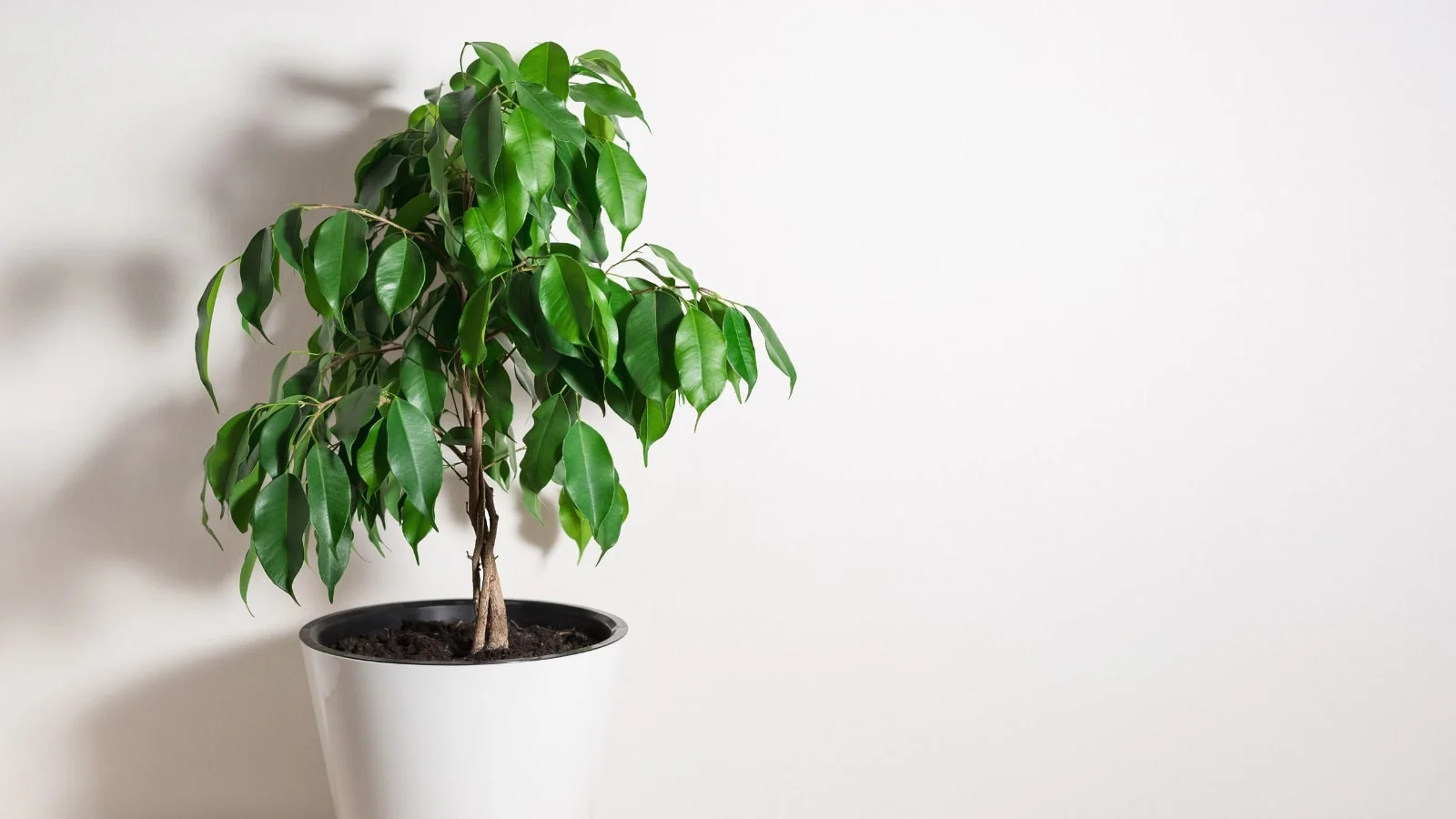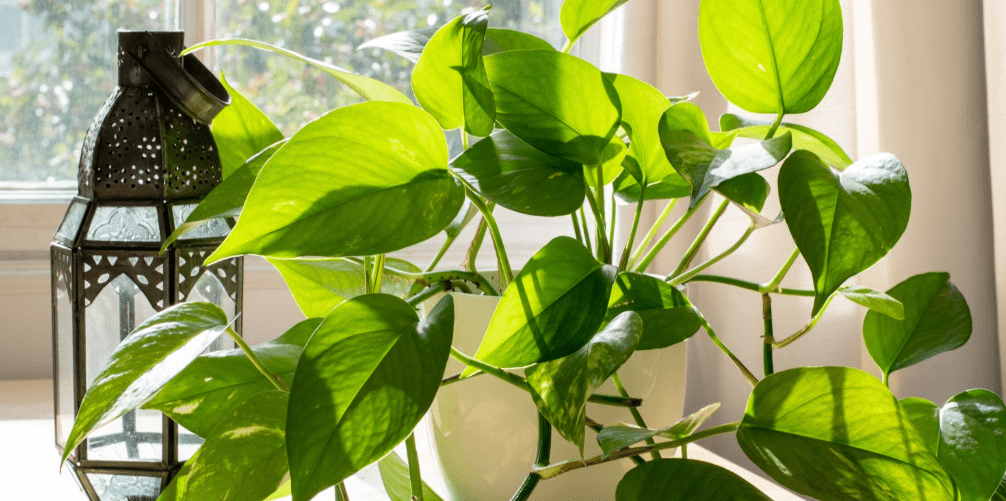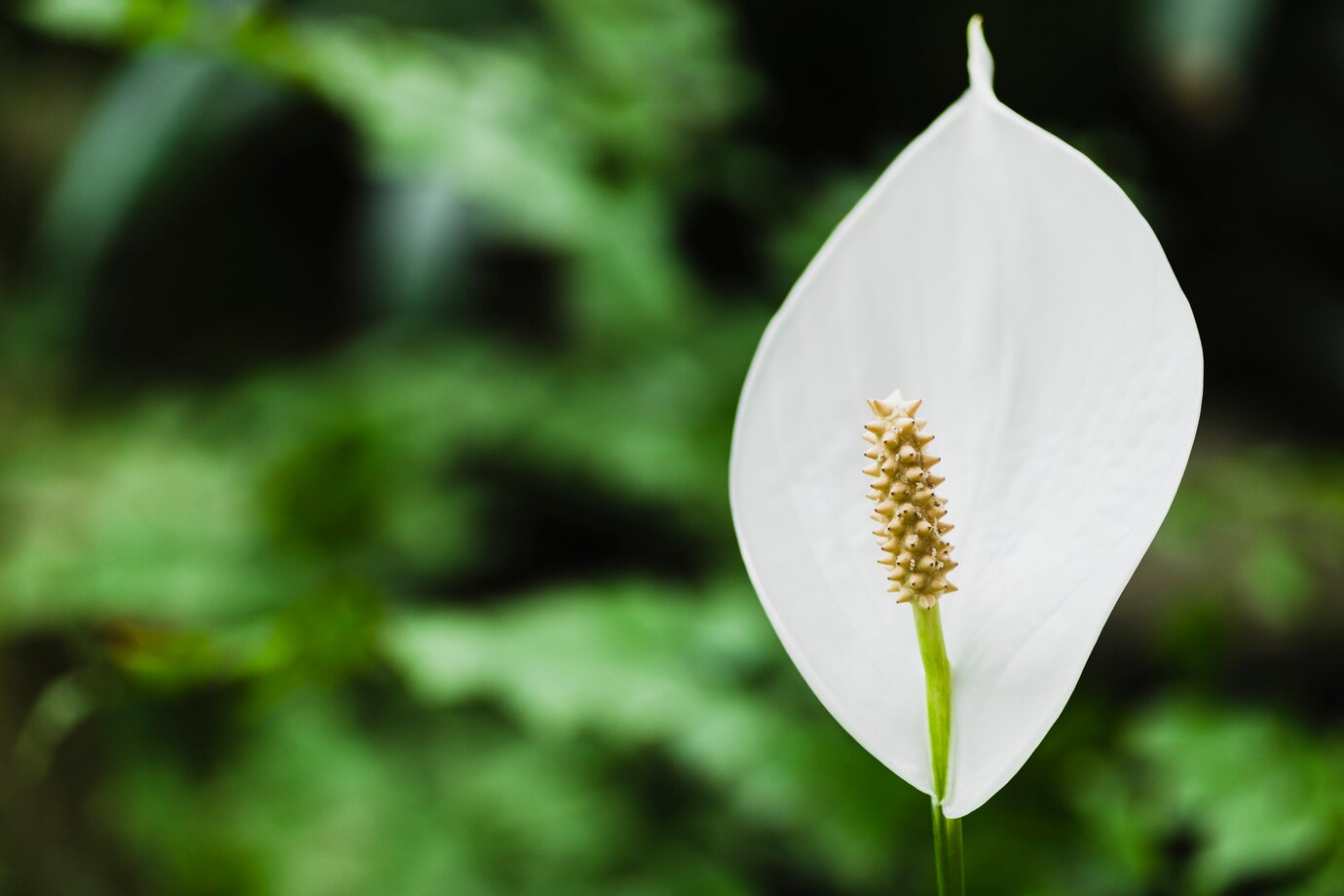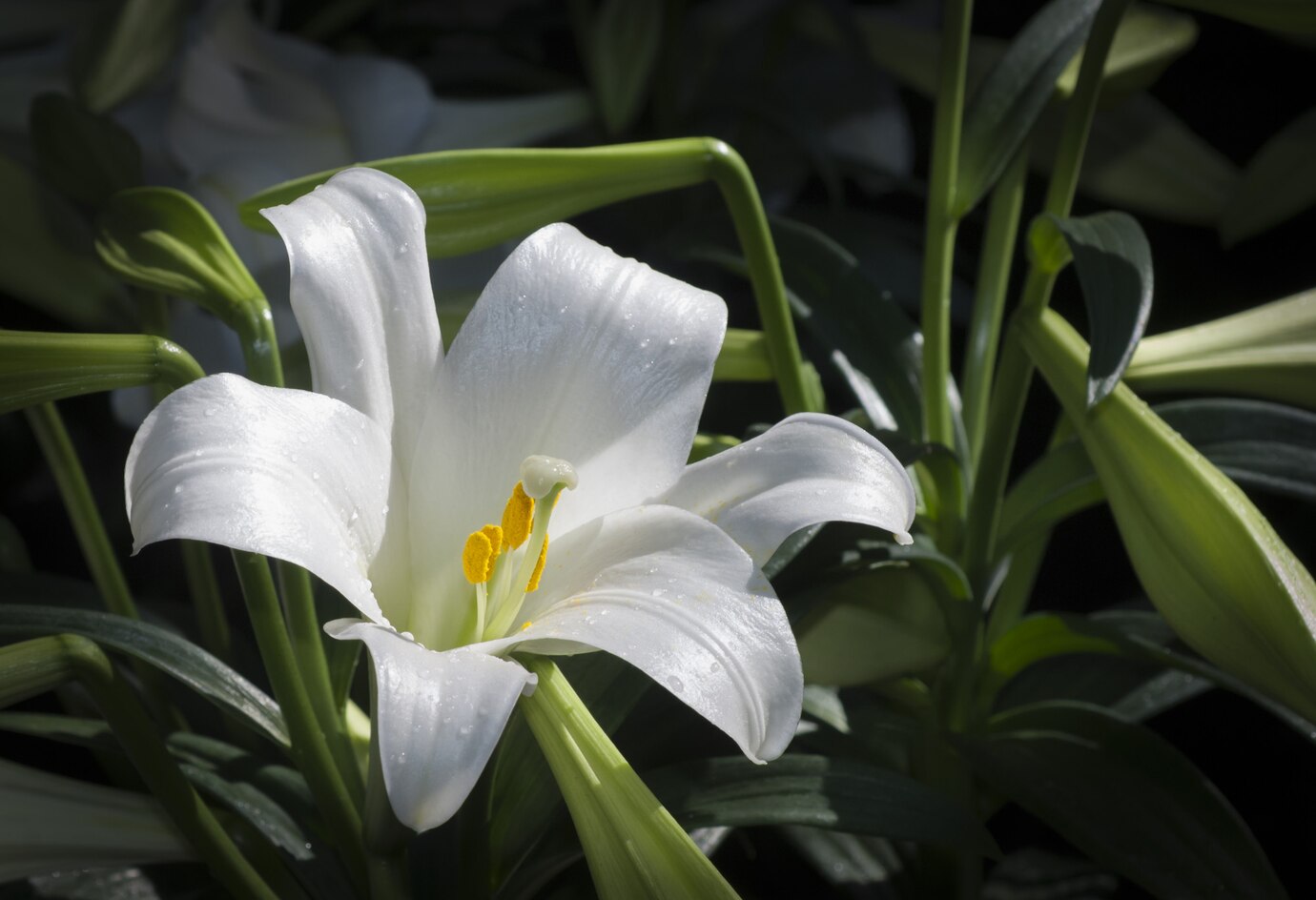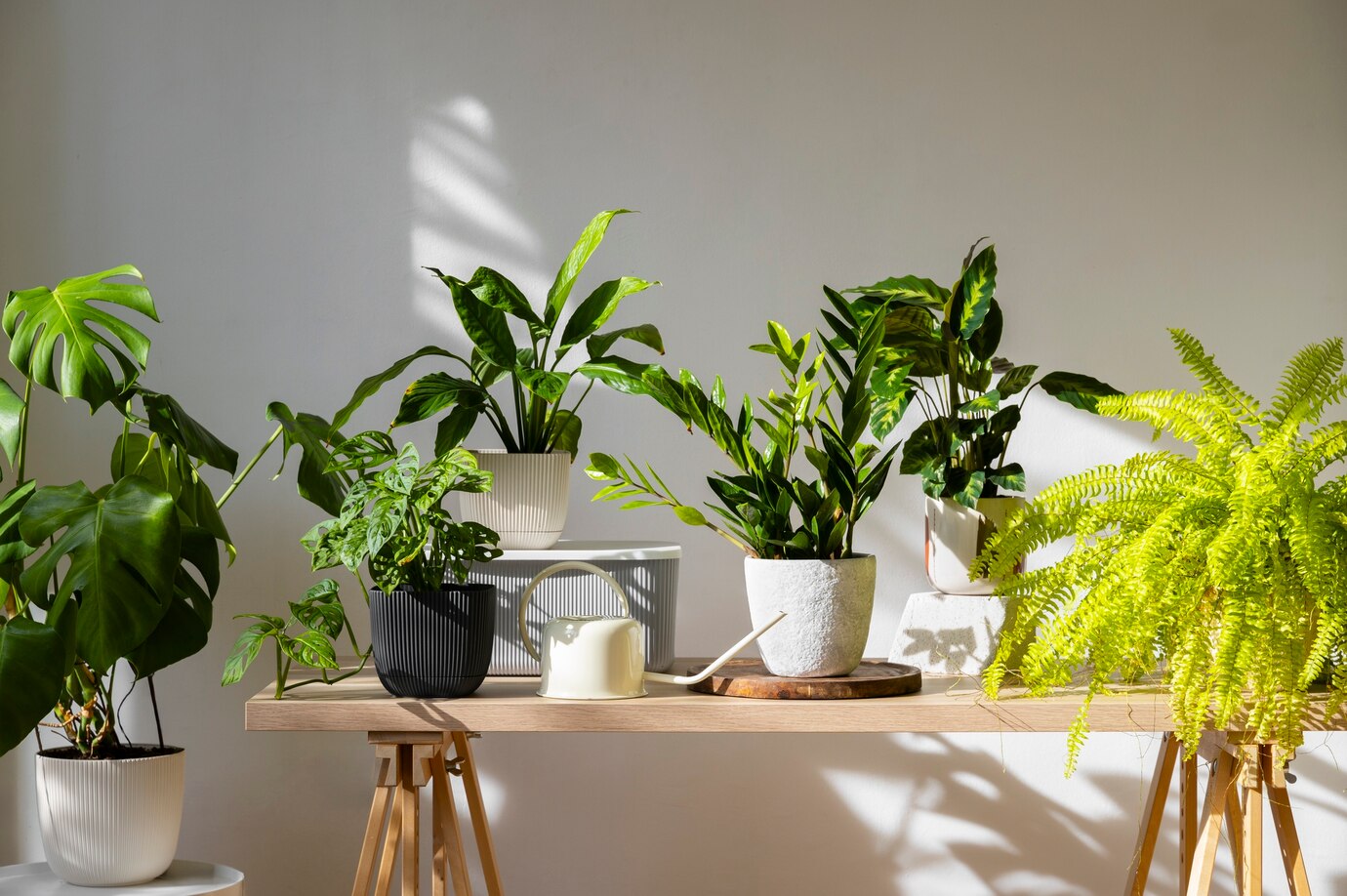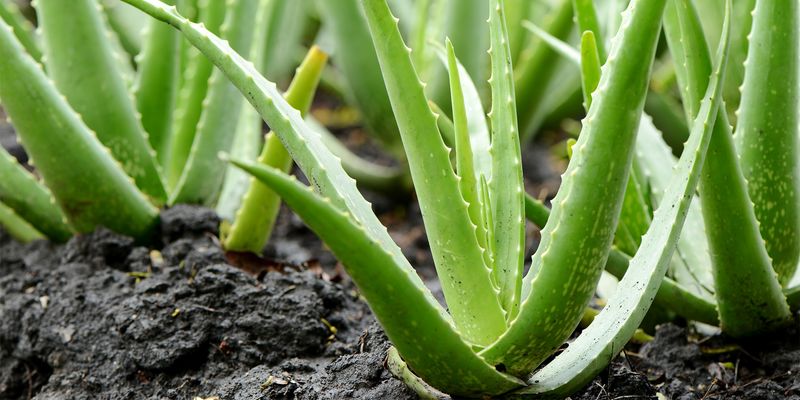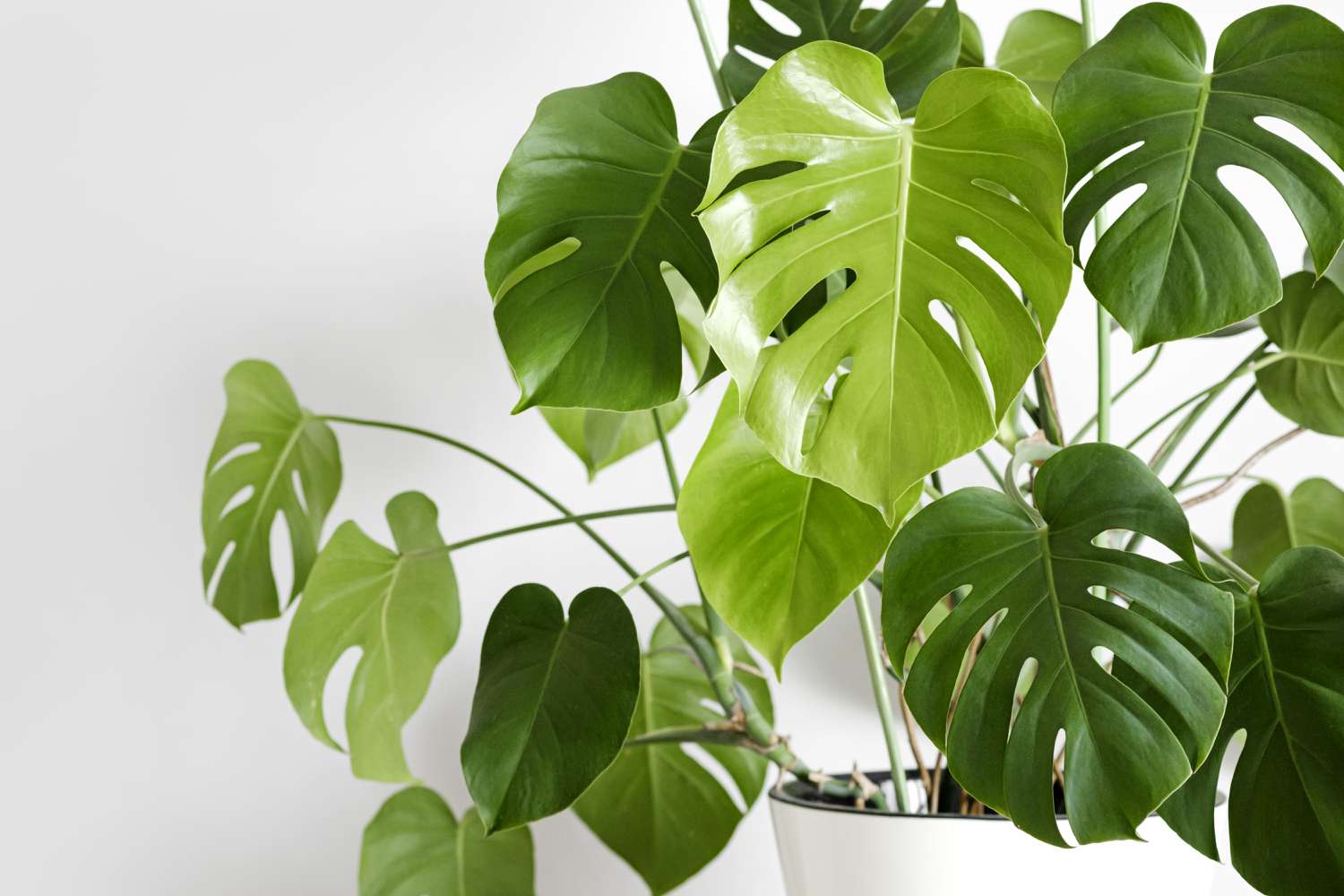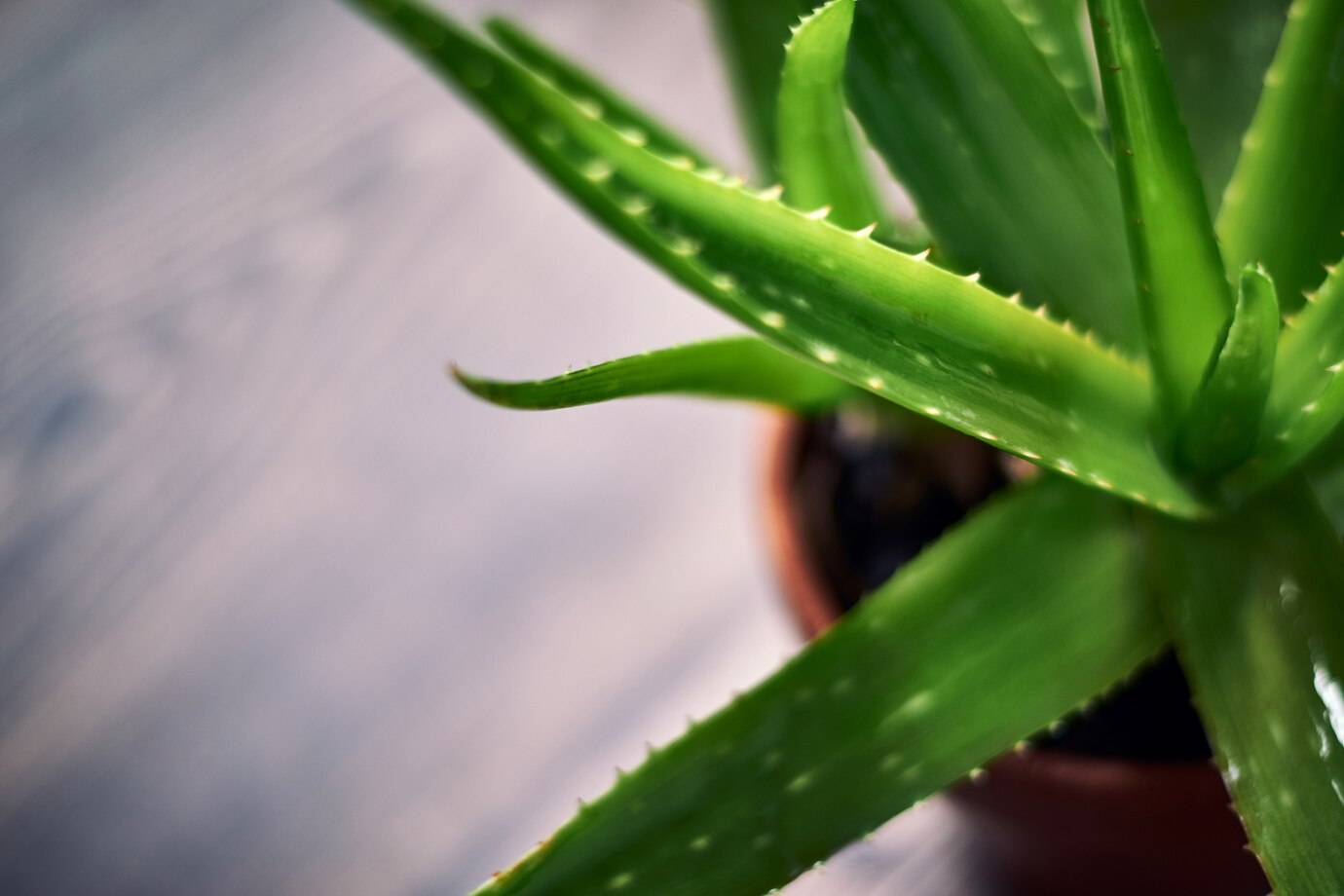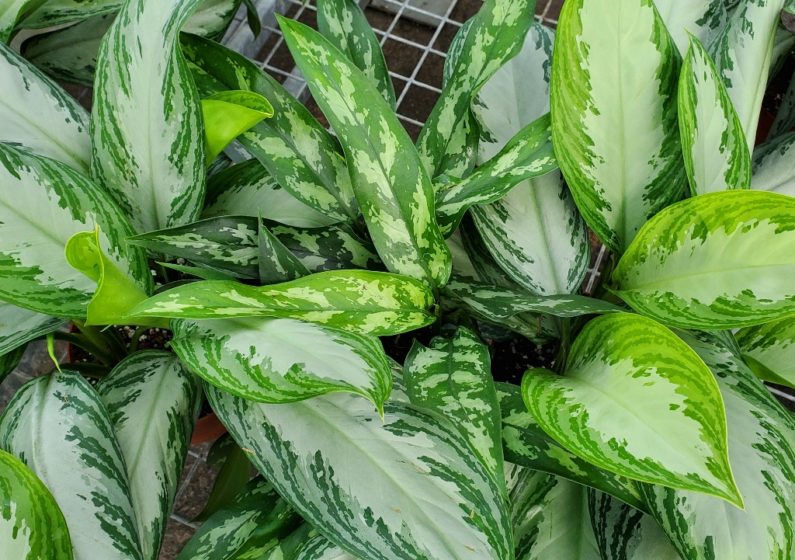Most potted indoor ficus trees in garden stores are weeping figs (Ficus benjamina), but other varieties, like fiddleleaf figs (Ficus lyrata), are also popular choices. These striking plants have a graceful shape and dense canopy of dark green leaves. While indoor ficus trees stay much smaller than their wild relatives, they still come in various forms. If you’re considering bringing one home, you must learn Ficus tree care.
Table of Contents
ToggleHow to Grow Ficus Tree
Ficus trees can be fussy about their environment and drop leaves when something feels off. They thrive in bright, indirect light and prefer a temperature of at least 16°C. Sudden drafts, low light, irregular watering, or even moving the plant too often can stress it out and lead to leaf drop. To keep your Ficus tree happy, water it only when the top few centimeters of soil feel dry.
Where to Grow Ficus Tree
Finding the right spot for your Ficus tree is key to its health. Look for a location with bright, indirect light. About a few feet from a window works well. Avoid placing the plant in breezy areas or near the heat of a radiator or heater during winter. Ficus need a steady temperature of at least 16°C to thrive and should never drop below 13°C in the colder months. Remember that these plants can grow large, so ensure they have enough space. Once you’ve settled on the perfect spot, try to leave the plant there. Ficus naturally lean toward the light, so rotate the pot occasionally to keep the growth even.
How to Plant a Ficus Tree
Plant your Ficus tree into a deep pot with drainage holes slightly larger than its original pot. Fill the plant with soil-based compost and add a bit of perlite or vermiculite for extra drainage. Wear gloves when handling a Ficus tree, as its sap can irritate the skin.
Ficus Tree Care
The ficus tree can be pretty finicky, so be ready to meet its specific care needs:
Light
Ficus plants thrive indoors or outdoors in bright light, but only properly acclimated plants can tolerate direct sun. They enjoy being moved outside during the summer but avoid placing them in direct sunlight. Intense, direct light can scorch their leaves and lead to leaf loss.
Soil
A Ficus requires well-draining, fertile soil. Soil-based potting mixes are ideal for providing the nutrients it needs. Avoid using potting soils meant for roses or azaleas, as these are more acidic and may not suit the Ficus.
Water
Overwatering can be a common issue for ficus trees. Water your indoor tree only when the top two inches of soil are completely dry. You can check by sticking your index finger halfway into the soil. During the summer, water evenly until it starts draining from the pot’s bottom, then remove any excess water to prevent the tree from sitting in moisture. In winter, cut back on watering. If you have dry indoor air, mist the tree regularly to add some ambient humidity.
Temperature and Humidity
Ficus plants cannot tolerate low temperatures or drafts. Keep the temperature above 60°F at all times, indoors or outdoors, but they will thrive above 70°F. Cold drafts from windows, doors, or air-conditioning units can damage the plant.
These plants also prefer a humid environment. To maintain humidity, mist the leaves regularly or place a pebble tray filled with water below the plant.
Fertilizer
Feed your Ficus with slow-release pellets at the start of the growing season. Since they’re rapid growers, they’ll benefit from monthly fertilization during spring and summer and every two months in fall and winter. Always follow the product label for the correct amounts and application instructions.
Types of Ficus Trees
Weeping Fig (Ficus benjamina): A graceful little tree with drooping branches.
Indian Rubber Plant (Ficus elastica): A tough, shorter houseplant with an upright stem and large, leathery leaves.
Decora (Ficus elastica ‘Decora’): Known for its heavy leaves, which have prominent, depressed veins and ivory or red midribs.
Fiddleleaf Fig (Ficus lyrata): An easy-to-grow fig with deep green, waxy, fiddle-shaped leaves.
Common Pests & Plant Diseases
Indoor ficus trees can be prone to pests like mites, scales, mealybugs, whiteflies, and aphids. To control these, use an insecticide such as neem oil. Occasionally, ficus trees may develop leaf spot disease. If this happens, promptly remove and discard any infected leaves and surrounding area to prevent fungus spread.

